|
Canon R6, RF 100-500 + RF 1.4x Extender, 700mm, f/10, 1/800 sec, ISO 2000, +1EV. Birds are born to do 4 things: Eat, don't get eaten, make more birds, and molt! Getting lunch before being lunch is a daily challenge whereas breeding successfully is a yearly activity, usually in the spring. Molting usually occurs each year after breeding is over, and for some species there is a second molt for breeding plumage. When it comes to nesting, each species is a bit different. The species can build a nest in a tree or bush (American Robins), or on a house or platform (Cordilleran Flycatchers) , or on the ground (Red-faced Warblers). The one other mode that is fairly common is nesting in a cavity, perhaps a tree or cactus (Gila), maybe on a cliff (swallows), or in a nest box provided by you and I (Western Bluebird). So, let's take a look at cavity nesters in our area. I am going to start with the Gila Woodpecker, one of our regulars in the Sonoran desert. On May 6th I had the privilege and pleasure of leading a field trip for the 2023 NANPA (North American Nature Photography Association) Summit, which met here in Tucson at the Westin La Paloma. The morning of the 6th, 8 photographers from all over the U.S., including Tucson, met at Agua Caliente County Park on East Roger Road at 6:30 am, to greet the rising sun and all the critters who were waking up to start the day right with food and water. As we walked the northwest portions of the park we found a male Gila Woodpecker diving into Saguaro flowers and getting his face fully covered with pollen. Canon R6, RF 100-500mm + RF 1.4x Extender, 454mm, f/10, 1/6400 sec, ISO 3200, +2/3 EV. Richard Cachor Taylor lists 12 species of woodpecker in his field guide Birds of Southeastern Arizona: Lewis', Acorn, Ladder-backed, Gilded Flicker, "Red shafted" Northern Flicker, Hairy Woodpecker, Arizona, 4 Sapsuckers (Yellow-Bellied, Red-naped, Red-breasted, and Williamson's) and the Gila Woodpecker!
Gila's eat a large variety of insects, as well as berries, and cactus fruit. They will frequent hummingbird feeders. In the image below a male is diving for the nectar in the saguaro flower. Gila will feed their nestlings a mix of fruit and pollen (20%) and insects (80%). The male is distinguished from the female by sporting a red cap. Below, our Gila comes ups for air with about half his head dusted with pollen. Not far from the blooming saguaro we discovered a male Gila at the edge of a saguaro hole with his mouth full of insects. This could have been the same male diving for goodies at the saguaro flowers. Note that flowers are just beginning to bud at the top of the saguaro he is nesting in. Canon R6, RF 100-500mm + RF 1.4x Extender, 508mm, f/10, 1/500 sec, ISO 200, 0EV. Over the next few minutes we saw a pair of Gila, male and female, flying back and forth to the nest to provide food for the hatchlings inside. Below the male emerges from the nest, checking out the local airspace to be sure it is clear before diving into flight. Remember, "eat but don't get eaten!" Truly, words to live by. Canon R6, RF 100-500mm + RF 1.4x Extender, 700mm, f/10, 1/4000 sec, ISO 1000, 0EV. Below he dives into the air. Diving down is an energy efficient way to become airborne, especially from a high perch. This image shows his head, back, wing and tail markings well. Canon R6, RF 100-500mm + RF 1.4x Extender, 700mm, f/10, 1/4000 sec, ISO 1000, 0EV. After a few minutes he came back with more food for the family, and lands in a characteristic stall. The structure of the tail is evident here, with a mixture of feathers for flight and for supporting himself against vertical surfaces, a woodpecker characteristic. Canon R6, RF 100-500mm + RF 1.4x Extender, 420mm, f/10, 1/6400 sec, ISO 2000, 1/3EV. While the male held onto the edge of the hole, his mate emerged from the nest and took flight, as seen below. The male subsequently crawled into the nest to deliver his goodies. Note that the female does not bear the red cap of the male. Canon R6, RF 100-500mm + RF 1.4x Extender, 420mm, f/10, 1/6400 sec, ISO 2000, 1/3EV. Gila Woodpeckers will commonly lay 3 to 5 eggs per clutch, with 1 or 2 broods a year. The eggs incubate from 13 to 14 days, and nestlings fledge at about 4 weeks of age. (Reference: All About Birds, and Birds of the World). Although most Gila Woodpeckers nest in Saguaro Cactus, they will nest in cottonwoods, willows, oaks and paloverde. Below we see a male peeking out of a cavity in a eucalyptus tree in front of the ranch house at Agua Caliente Park. Gila Woodpeckers will often reuse nests in subsequent years. Canon R6, RF 100-500 + RF 1.4x Extender, 700mm, f/10, 1/800 sec, ISO 2000, +1EV. That's it for Gila Woodpeckers as they fulfill their annual duty to "make more birds!"
More soon on another cavity nester, the Hairy Woodpecker, feeding the brood on the top of Mt Lemmon! Happy Trails!
6 Comments
Leigh Anne Thrasher
6/3/2023 06:36:14 am
Dear Henry,
Reply
Linda Currin
6/4/2023 08:39:30 am
As always, your photos are spectacular and commentary so informative and wonderful! Thanks!!
Reply
Deb Bauer
6/4/2023 02:42:56 pm
Thank you Henry for diving into this segment and identifying their activity as cavity nesters. Often for me, when enough birds are featured in other types of articles, it escapes me how they are similar. You’ve managed to help me maintain the details about this cavity nester by subject and by the thorough intel you provide. Looking forward to finding my own nesters as I travel around peeing up the trunks of trees and cactus.
Reply
Deb Bauer
6/4/2023 02:46:10 pm
Pardon my thumb typos on my phone. Glad we all can enjoy some humor now and then and I hope you were able to spell correctly in your minds the word I intended to use in my previous post. Peeking.
Reply
Leave a Reply. |
AuthorHenry Johnson, photographer and author of this site. For more detail, see About
Categories
All
Archives
July 2024
|

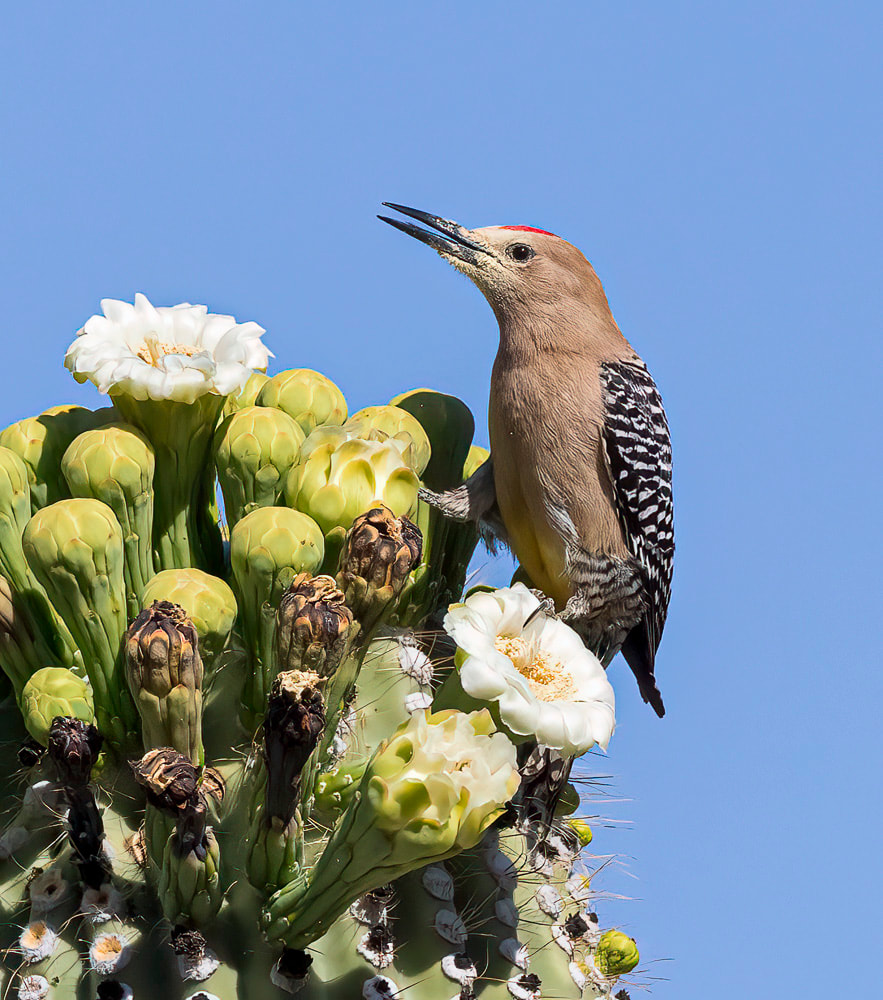
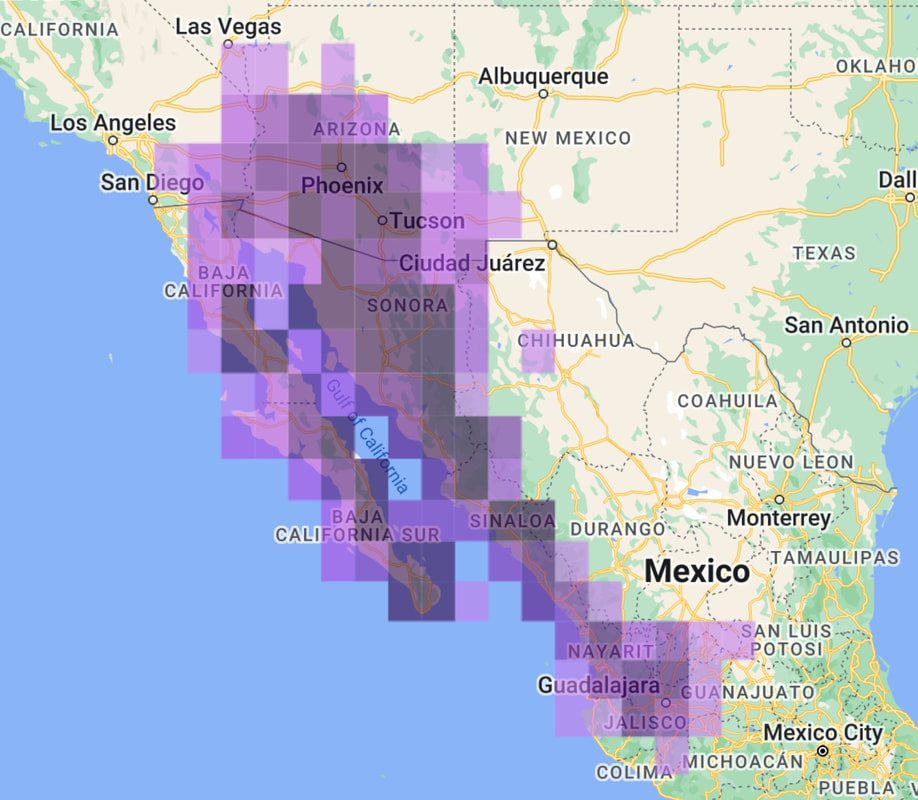
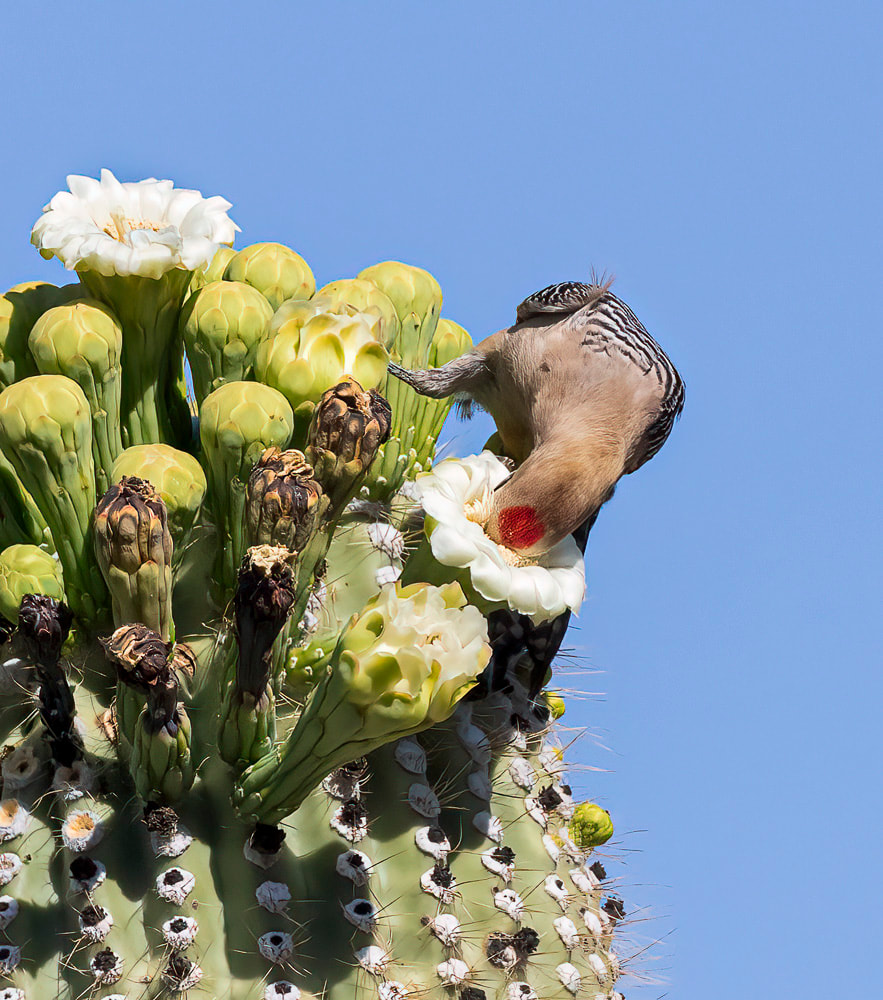


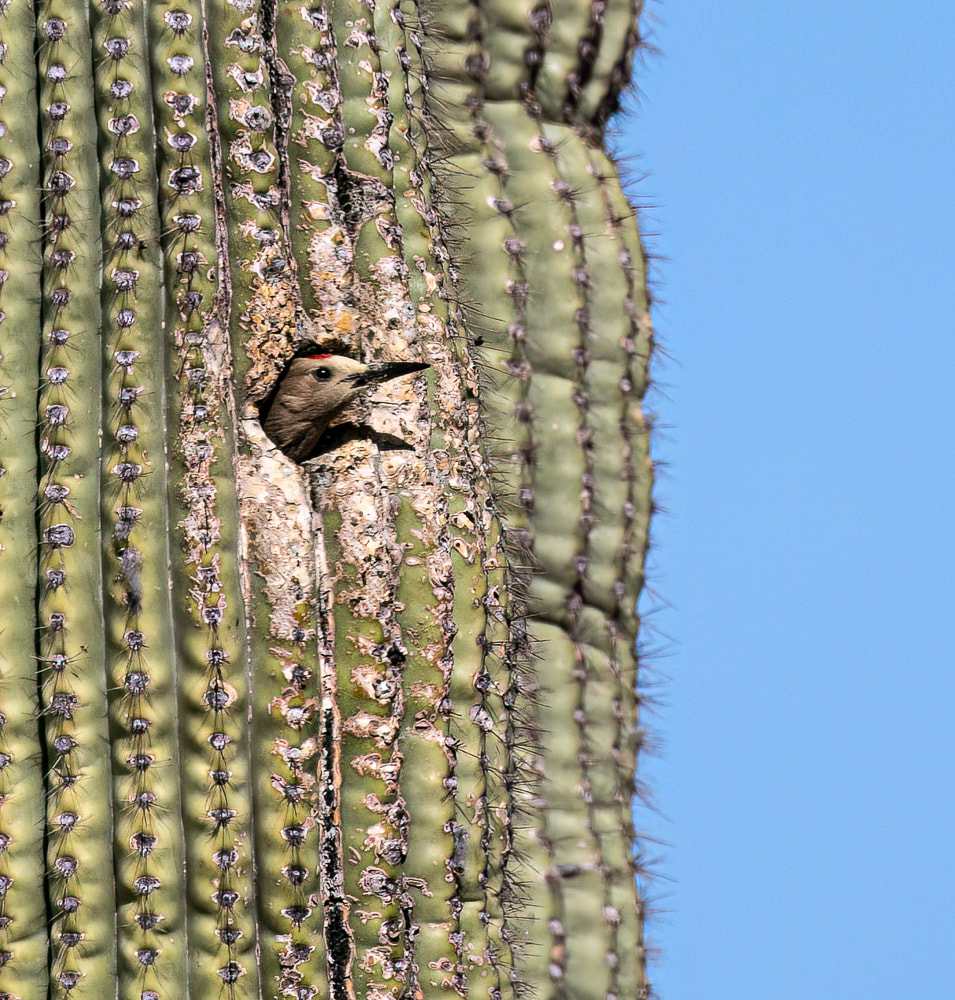
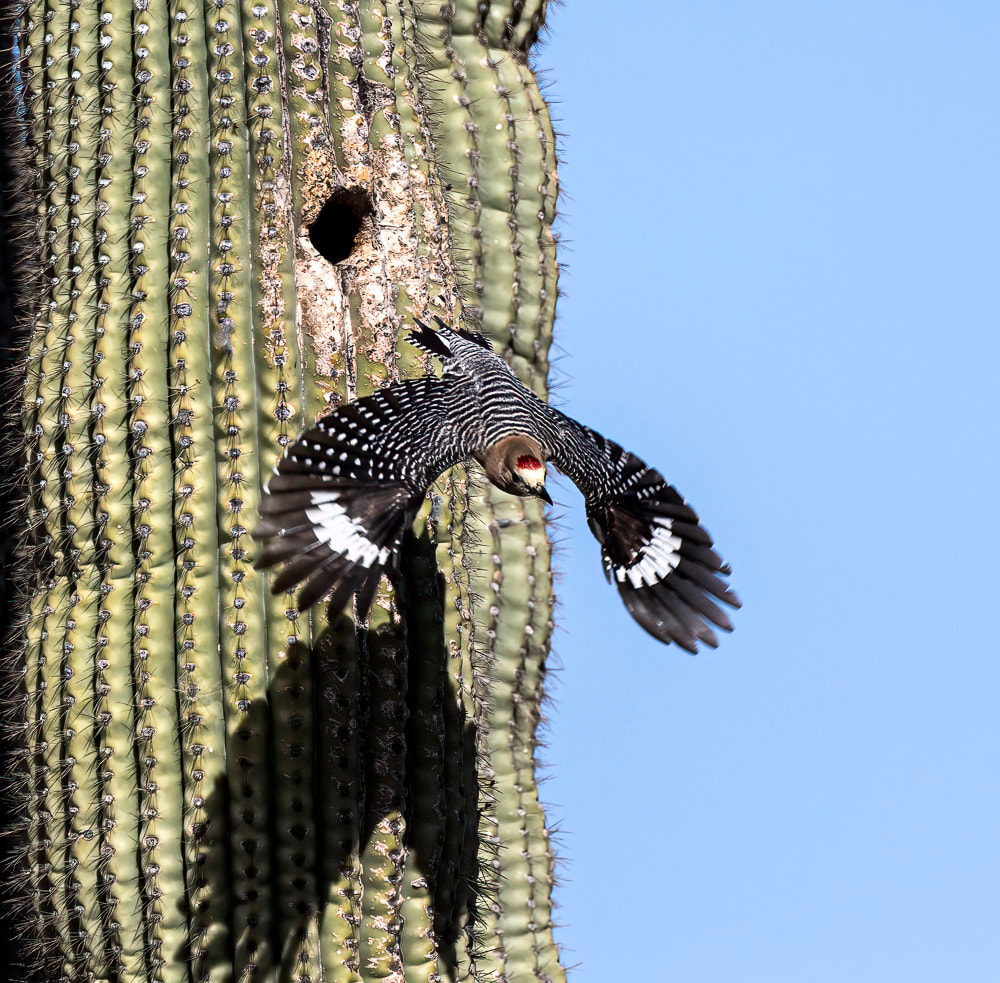
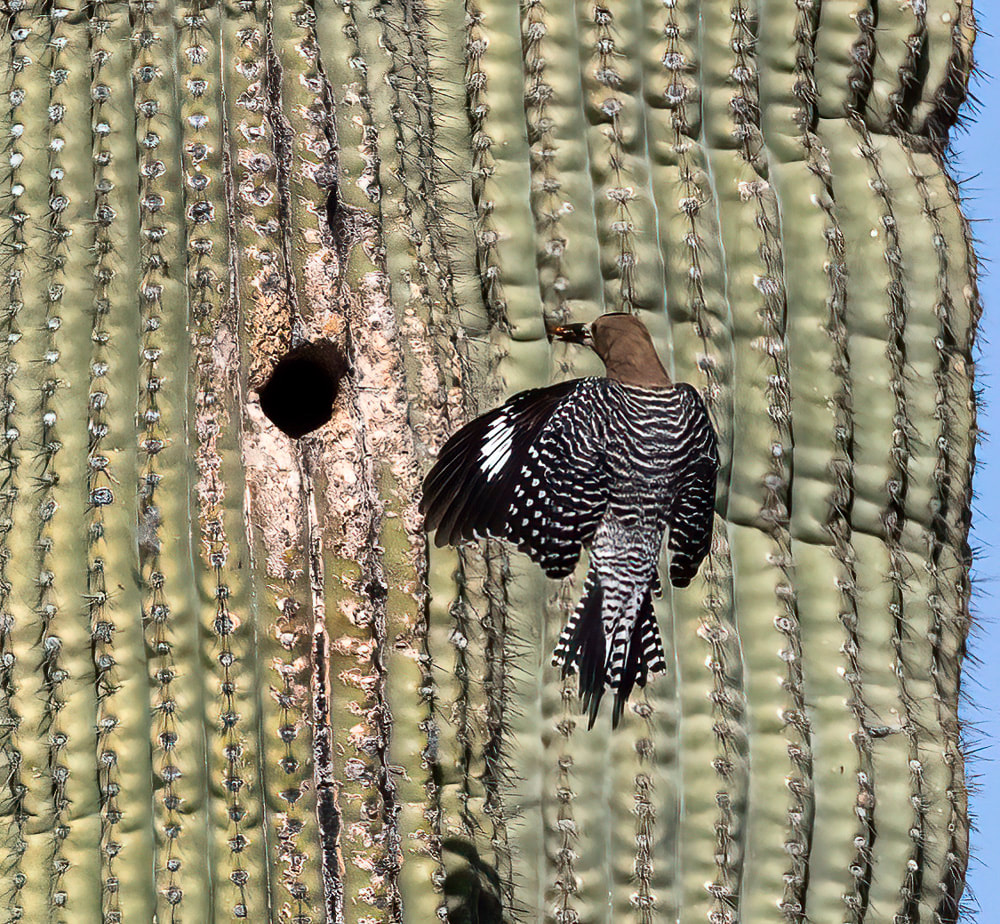
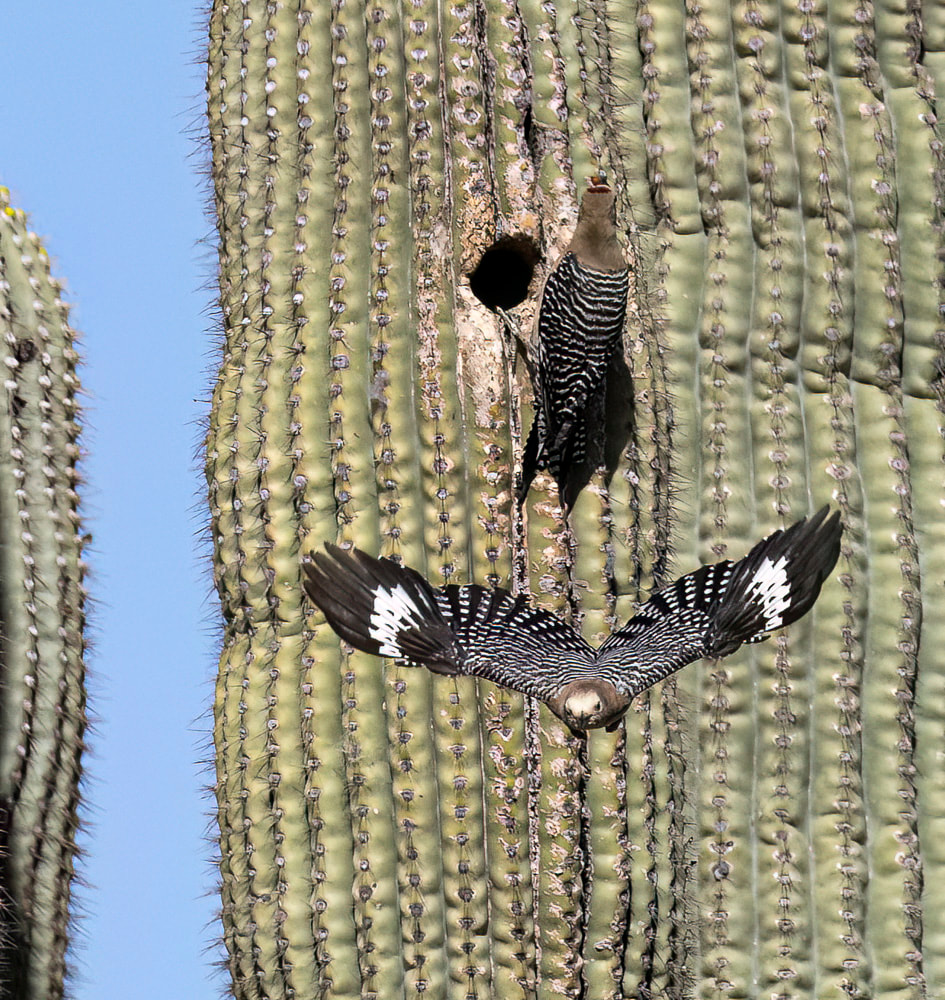
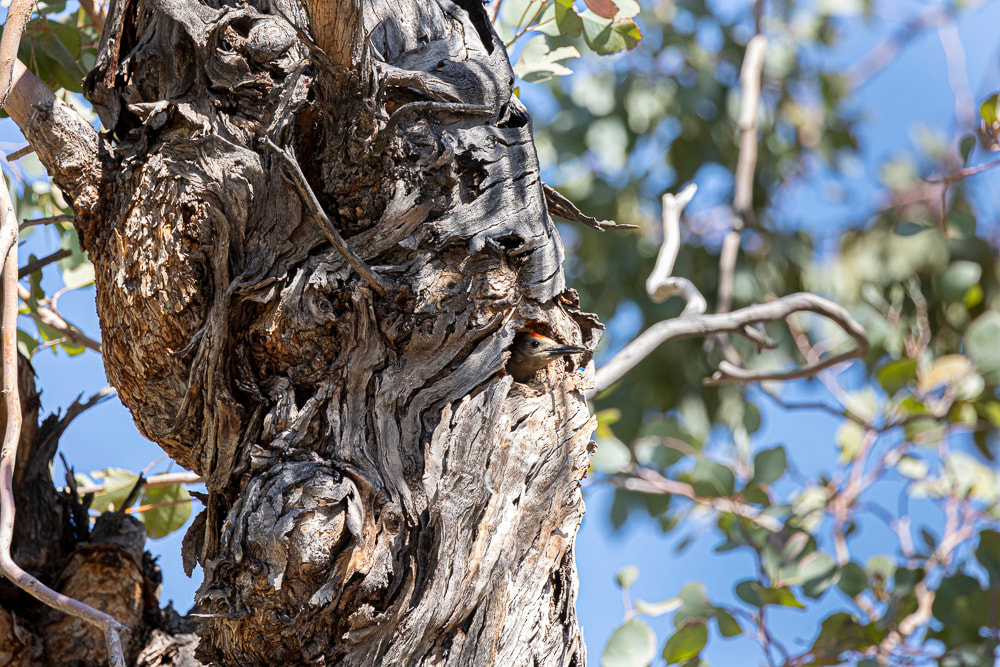
 RSS Feed
RSS Feed